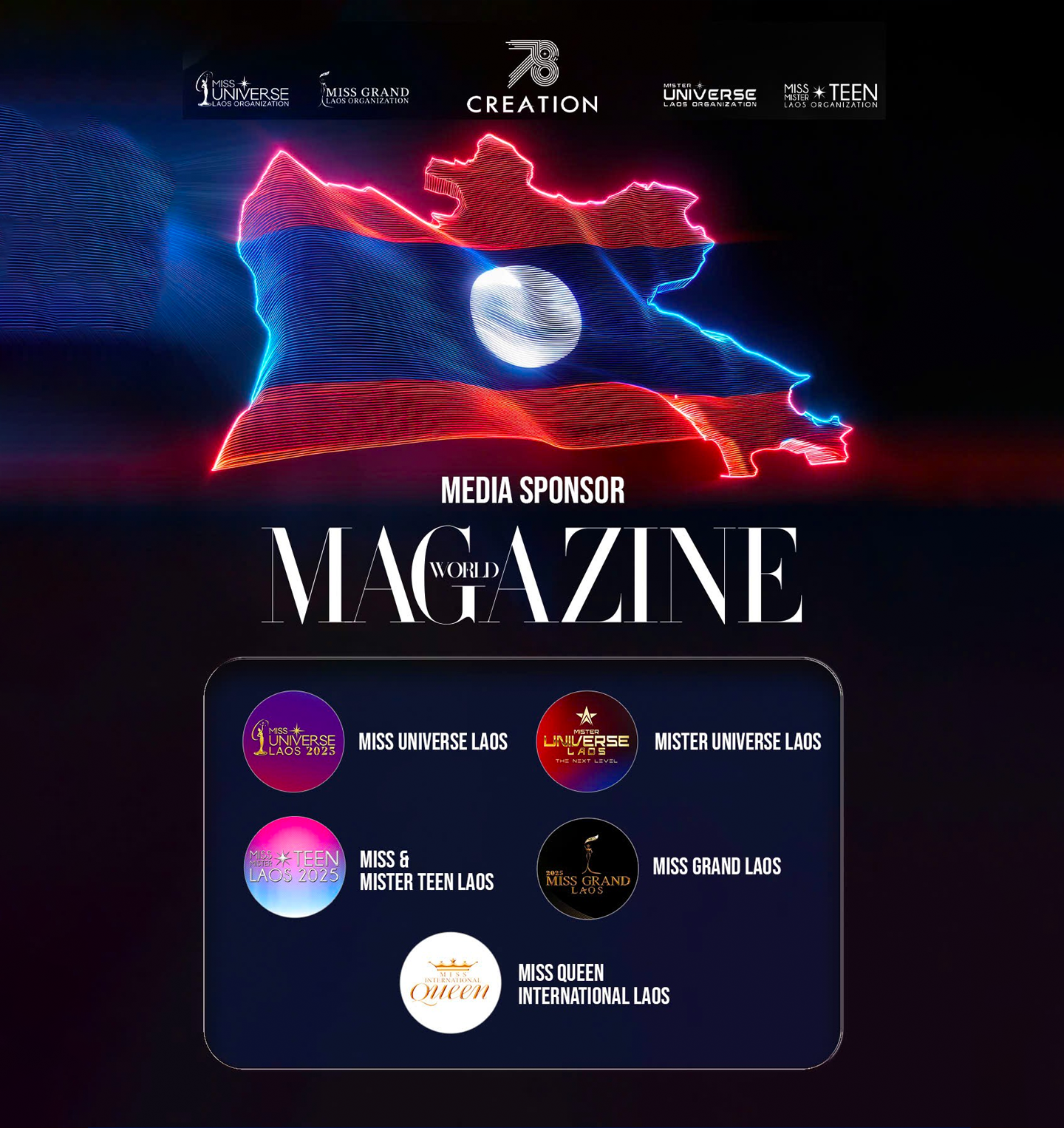Once a nostalgic relic of the ’80s, tanning is seeing a controversial resurgence in 2025—despite decades of public health messaging. From bronzed influencers to celebrity endorsements and Gen Z rebellion, the golden glow is back in fashion. But at what cost?
The sun-drenched comeback of an old guilty pleasure
It’s hard to forget the iconic Bain de Soleil commercials from the ’80s, promising the kind of “deep, dark color” that only St. Tropez could deliver. Back then, the glow of a tan was aspirational. But in the decades since, we’ve learned better: UV exposure causes skin damage, premature aging, and, most alarmingly, skin cancer—including melanoma.

And yet, tanning is back. Quietly and persistently, it has crept back into beauty culture, riding the same wave of nostalgia and aesthetic defiance that brought low-rise jeans and retro diets back into vogue. To many, tanning now feels like an indulgent rebellion—a cheeky cigarette of the beauty world. “I’m basically a solar panel,” one beauty editor admitted. “Don’t tell the others.” A celebrity makeup artist confessed she tans “all the time—but not my face.”
The allure is unmistakable: a sun-kissed glow still symbolizes health and vitality in popular culture. According to a survey by the Orlando Health Cancer Institute, nearly one-third of adults believe a tan makes them look healthier. But that glow comes at a cost. The Skin Cancer Foundation reports a 42% increase in new invasive melanoma cases between 2015 and 2025. Dermatologist Dr. Mona Gohara confirms: “We see more young women with melanoma because of this tanning trend.”
Celebrity influence and the tanning-bed aesthetic
Celebrities, always influential in setting beauty norms, are playing a key role in tanning’s resurgence. Reality star and media personality Trisha Paytas once famously declared, “I’d rather look good dead and tanned, than pale and alive.” Kim Kardashian, not long ago, posted a video from inside the tanning bed she keeps in her office—a move that sparked both imitation and criticism.
Though some stars have since backpedaled or clarified their stances, the cultural impact is already visible. Tanning salons, once thought to be on their way out, are expanding. Win Gruber, the owner of Upper East Side Tan in New York, has grown his business from one salon in 2023 to three, with more locations on the way. He attributes the growth to post-pandemic consumer behavior: “People were stuck at home, and when they got out, they wanted the sun. Google Analytics showed the biggest spike in tanning interest in a decade.”
For some in Gen Z, embracing tanning is a generational rebellion. “It’s a shift against the [previous] generation, which was super anti-tanning,” Gruber notes. In a world where wellness culture has become highly curated and regulated, sunbathing may feel like a return to something raw and unfiltered.
Tanning and the new anti establishment mindset
Tanning’s return also fits into a broader trend of skepticism toward medical and scientific institutions. In the aftermath of the COVID-19 pandemic, public trust in healthcare recommendations has fractured in some circles. This mistrust can manifest in various ways—from vaccine hesitancy to consuming raw milk—and now, even questioning the dangers of UV exposure.
Dr. Sara Hogan, a dermatologist in Washington, DC, observes this cultural undercurrent. “There’s been more pushback against some of the recommendations that come from the medical and public health community,” she says. Even political figures are reflecting this shift. Health and Human Services Secretary Robert F. Kennedy Jr. appeared at a confirmation hearing with a conspicuous tan. According to former White House aide Omarosa Manigault Newman, President Trump allegedly relied on daily tanning bed sessions to maintain his sunlit appearance.
Meanwhile, influencers have been spreading pseudo-scientific skepticism about sunscreen safety. A shocking 1 in 7 adults under 35 now believes that using sunscreen daily is more harmful than sun exposure, according to the Orlando Health survey. Influencers like Nara Smith have even gone so far as to make their own “natural” sunscreen, blending shea butter, beeswax, and zinc oxide—ingredients that may feel safe but lack FDA approval for UV protection.
The facts we can’t ignore
Despite the rise of anti-sunscreen rhetoric and tanning-bed glamor, the science remains painfully clear. “We know that the sun causes skin cancer. Sunscreen has not been found to cause skin cancer,” says Dr. Marisa Garshick, a dermatologist in New York and spokesperson for EltaMD.
Melanoma is now the third most common cancer among women under 50. Dr. Gohara often treats women in their 20s and 30s for this serious disease. Even when detected early, skin cancer leaves a permanent emotional mark. “Anyone who has skin cancer at a young age has a higher risk of getting other skin cancers throughout their life,” she emphasizes.
The appeal of a golden glow is understandable—it’s emotionally tied to youth, vibrance, and summertime freedom. But no aesthetic is worth a lifelong health risk. Fortunately, safer options exist. Self-tanning products and professional spray tans can offer a similar bronzed effect without the UV damage. Unlike melanoma, they fade with time and can be reapplied without consequence.
Conclusion: beauty isn’t worth the burn
Tanning’s return may be rooted in nostalgia, defiance, or simple aesthetic preference—but it’s a trend we revisit at our peril. Just as we now look back on smoking in airplanes or baby oil sunbathing with disbelief, it’s only a matter of time before today’s tanning revival is recognized as another health misstep dressed up as beauty.
Until then, a bronzed look doesn’t have to be dangerous. Faux glows, sunless tanners, and SPF-infused makeup allow you to embrace warmth and radiance—without compromising your skin’s future. Because the best beauty trend of all? Staying alive and well.





